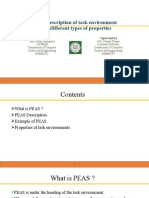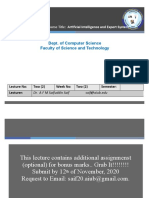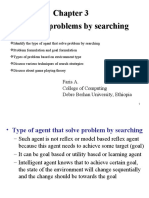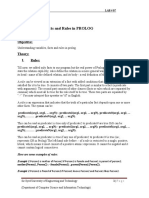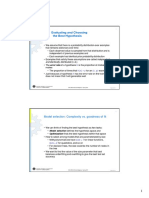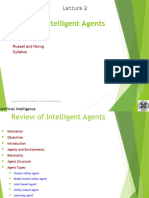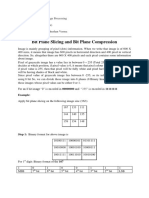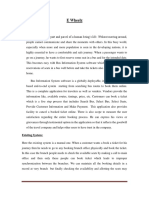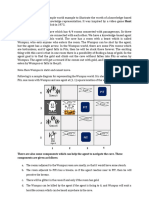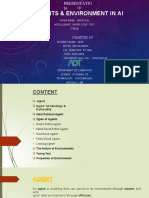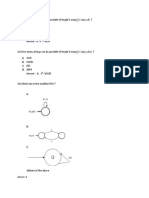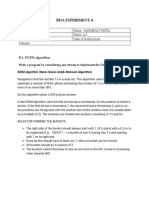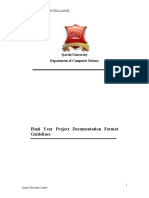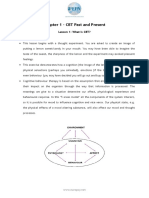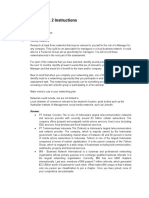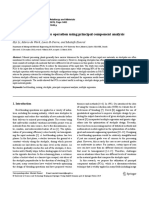0% found this document useful (0 votes)
279 views2 pagesPEAS Description of Task Environment Assignment
The document describes the PEAS (Performance, Environment, Actuators, Sensors) framework for an online shopping agent. The performance measures include price, author, quality, reviews, obtaining desired books, and cost minimization. The environment involves internet websites and vendor web pages. The actuators include filling forms and displaying information to the user. The sensors include the keyboard, browser, and HTML. The task environment is further described as partially observable, deterministic, sequential, static, discrete, and single-agent.
Uploaded by
priyadarshinihal3Copyright
© © All Rights Reserved
We take content rights seriously. If you suspect this is your content, claim it here.
Available Formats
Download as DOCX, PDF, TXT or read online on Scribd
0% found this document useful (0 votes)
279 views2 pagesPEAS Description of Task Environment Assignment
The document describes the PEAS (Performance, Environment, Actuators, Sensors) framework for an online shopping agent. The performance measures include price, author, quality, reviews, obtaining desired books, and cost minimization. The environment involves internet websites and vendor web pages. The actuators include filling forms and displaying information to the user. The sensors include the keyboard, browser, and HTML. The task environment is further described as partially observable, deterministic, sequential, static, discrete, and single-agent.
Uploaded by
priyadarshinihal3Copyright
© © All Rights Reserved
We take content rights seriously. If you suspect this is your content, claim it here.
Available Formats
Download as DOCX, PDF, TXT or read online on Scribd
/ 2
